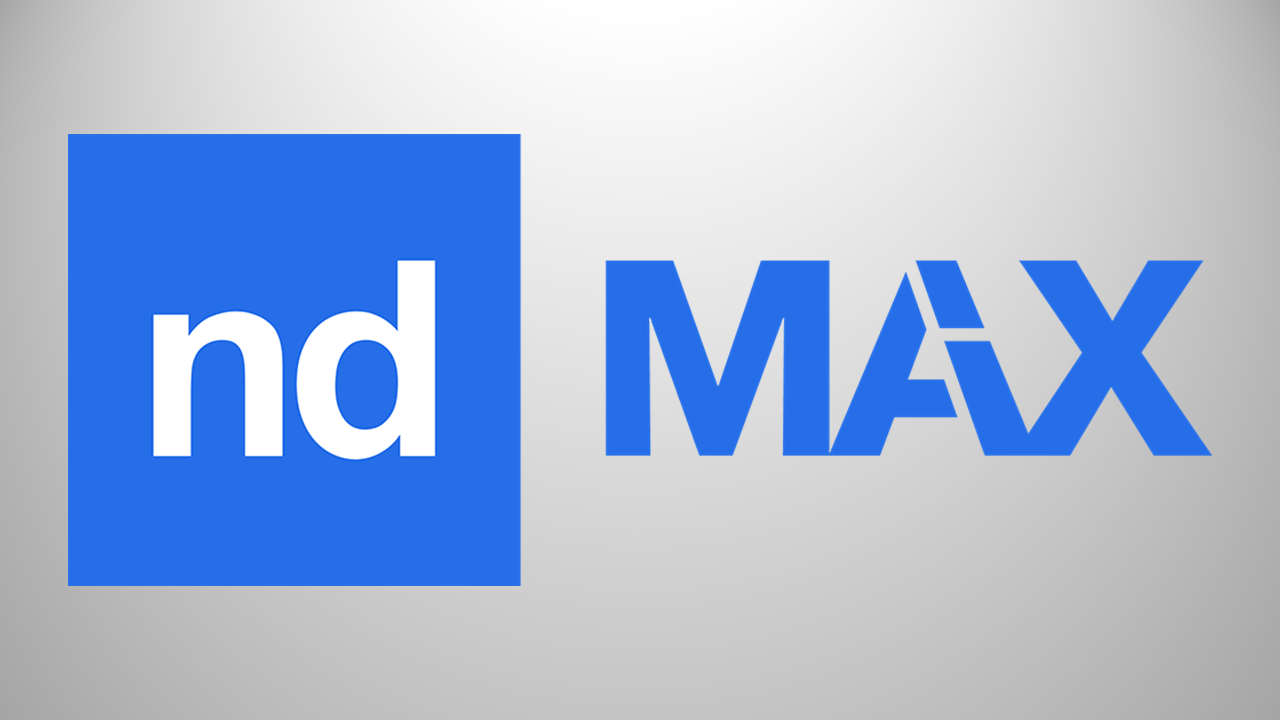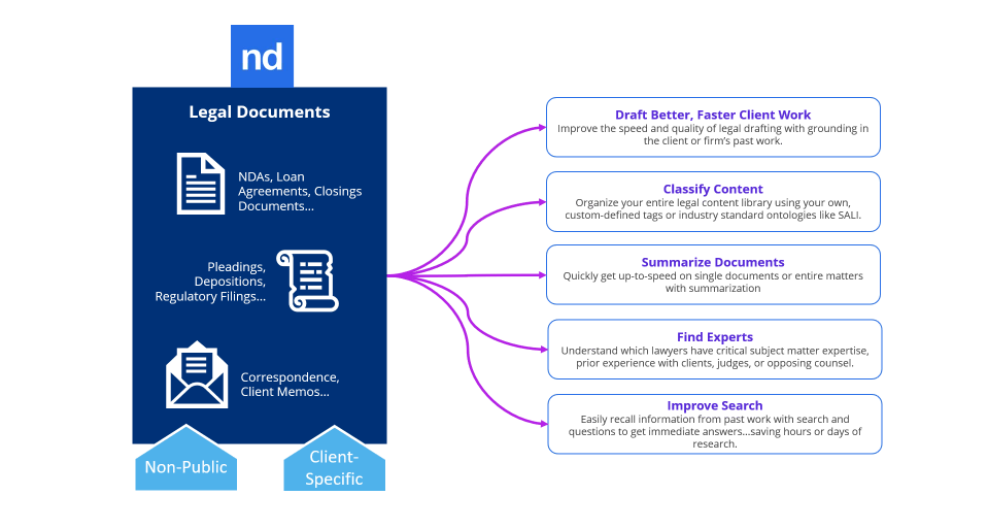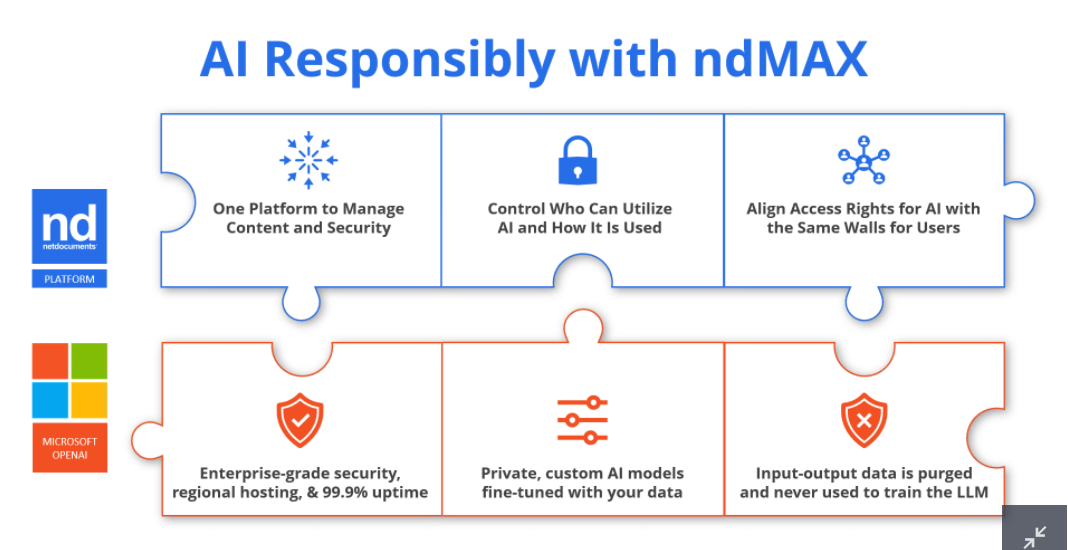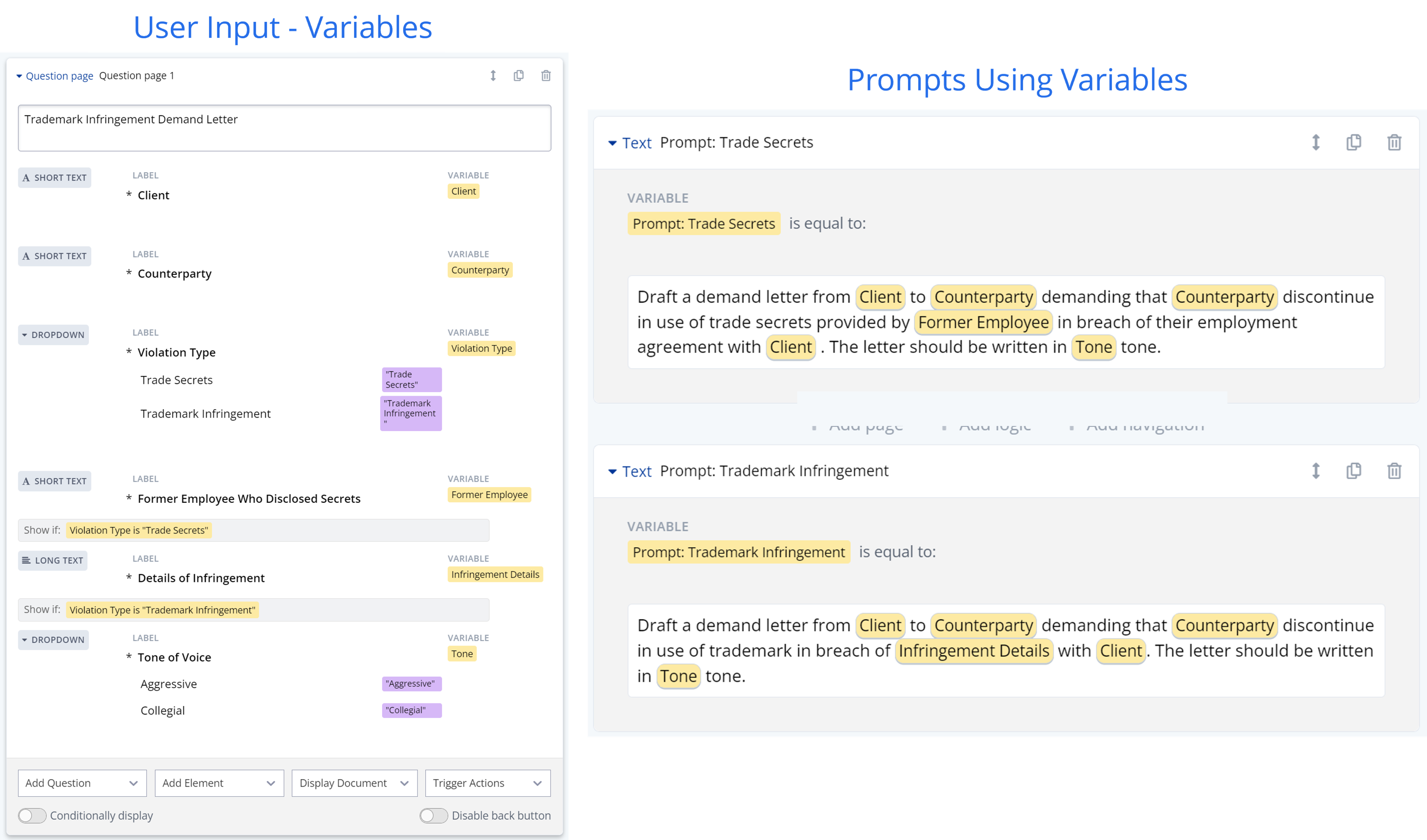Consider this scenario: You are an immigration lawyer representing a hospital seeking to bring a talented surgeon to the United States under an O-1 nonimmigrant visa — a visa for individuals with extraordinary abilities in the sciences, arts and other fields. You have collected a series of letters of support attesting to the doctor’s abilities and achievements. Now, you must craft a petition that synthesizes these various letters and other facts into a single cohesive document.
A lawyer’s traditional approach would be to do the entire process manually, or perhaps to use a document assembly program. Either way, it would require the lawyer to spend hours reading through the letters, identifying the key points in each, and then synthesizing and weaving together the information from them all into a single narrative.
Now imagine if, instead, you could push a button or two and have all the key information from those letters extracted and then output into a nearly final document, ready for you to simply edit and finalize.
That is exactly what you can do — in fact, it is what one lawyer has already done — using a product being introduced today by NetDocuments. It uses generative artificial intelligence to turbocharge its document assembly product PatternBuilder with a new AI-driven version, PatternBuilder MAX. NetDocuments says the product will enable firms to create custom generative AI automations tailored to the needs of their specific practice areas.
This is the first of a planned series of workflow-enhancement products — or “skills” — NetDocuments will release, all under the moniker ndMAX and all built on the Microsoft Azure OpenAI Service. A second coming soon is Extract MAX, to extract information from content.
AI Powered By A Firm’s Own Data
At a preview demonstration for the media last week, immigration lawyer Greg Siskind of the law firm Siskind Susser and NetDocuments’ director of product Scott Kelly — the cofounder of the original Afterpattern software that NetDocuments acquired and adapted into PatternBuilder — demonstrated how Siskind has already used PatternBuilder MAX to shortcut the time-consuming process of drafting O-1 visa petitions.
Siskind said that the product is “the best approach we’ve seen” to using generative AI for document automation, because it gives the professionals in his firm a high degree of control over creating prompts and producing “consistently good complex documents.”
NetDocuments’ premise for this and other planned products is that lawyers want AI that is powered by their own experience and knowledge, and that all that knowledge is contained and encoded in the documents that they store in their document management system.
Further, by building AI tools directly within its platform, NetDocuments is enabling legal professionals to integrate these tools within their established workflows and within a platform that already conforms to law firm’s security, compliance and best practice regimes.
“At NetDocuments, responsibility and innovation are deeply ingrained in our DNA,” said Josh Baxter, CEO. “ndMAX reflects our commitment to safeguard and empower our customers through a solution that unites the power of generative AI with the security of the NetDocuments platform while utilizing client and firm specific content.”
Customized Generative AI Workflows
PatternBuilder MAX is currently live in production and NetDocuments is making it available to select law firm customers. It will be released for general availability in the fall. NetDocuments says that among the ways it can be used are:
- Generate draft documents based on internal precedents and playbooks.
- Extract information from documents — including both discrete entities and complex insights — and save the extracted data to a database.
- Run contract playbooks to compare third-party contracts against a firm’s own contracting policies and standards.
- Quickly summarize documents such as depositions and complaints and save those summaries into a workspace.
- Speed document review and editing by contextually surfacing a firm’s generative AI workflows directly within Microsoft Word.
One of the customers who has had early access to the product, David Worth, CIO of Nelson Mullins, said in a statement provided by NetDocuments: “Right now, the legal market is flooded with generative AI products, and it’s hard to separate fact from fiction. The beauty of PatternBuilder MAX is we don’t have to pick a solution; we will have a tool to build our own customized generative AI workflows, whenever we want, in minutes. And each workflow we build will sit securely inside the platform we trust to store and manage our content every day.”
While NetDocuments will release future ndMAX skills to address various workflow tasks, customers will also be able to customize these apps or build their own custom apps. NetDocuments says customers will be able to use ndMAX for tasks such as:
- Improving the quality and speed of legal drafting.
- Classifying content using a firms own tags or industry standard ontologies such as SALI.
- Summarizing single documents or entire matters to help professionals get up to speed more quickly.
- Finding expertise within a firm by identifying which lawyers have subject matter expertise or prior experience with clients, judges, or opposing counsel.
A critical differentiator for ndMAX compared to other generative AI legal products is that it highly secure and that no user data is used to train the large language model.
Dan Hauck, chief product officer at NetDocuments, said this provides lawyers with the dual advantages of using generative AI to supercharge their practices by harnessing their own work while also keeping guardrails in place to ensure that security and ethical walls are maintained.
All ndMAX apps are accessed directly within the NetDocuments platform. Firms can control who can use the AI and how they can use it. By building it on Microsoft OpenAI, the product has enterprise-grade security, and all input and output data is purged and never used to train the LLM.
In developing ndMAX, NetDocuments says, it heard from its customers three themes regarding responsible use of generative AI by legal professionals:
- Protecting client confidentiality by ensuring that client data is excluded from the LLM’s model training.
- Using existing security controls to manage the availability and use of AI inside the organization.
- Avoid moving documents to other applications and instead intelligently embed AI capabilities where they are already working in NetDocuments.
Another customer given early access to the product, Alex Bazin, chief technology officer of Lewis Silkin, said: “These capabilities will allow us to responsibly use our precedents and other written expertise to be more responsive to client requests and significantly improve matter efficiency.”
For more details on how legal professionals can leverage ndMAX click here.
 Robert Ambrogi Blog
Robert Ambrogi Blog


